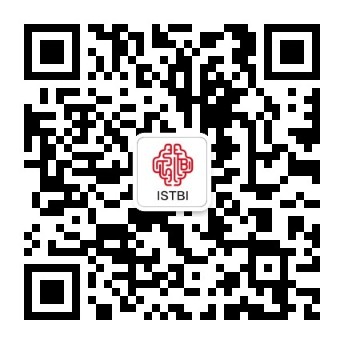1.Mayela Zamora, Robert Toth, Francesca Morgante, Jon Ottaway, Tom Gillbe, Sean Martin, Guy Lamb, Tara Noone, Moaad Benjaber, Zachary Nairac, Devang Sehgal, Timothy G. Constandinou, Jeffrey Herron, Tipu Z. Aziz, Ivor Gillbe, Alexander L. Green, Erlick A.C. Pereira, Timothy Denison*. DyNeuMo Mk-1: Design and pilot validation of an investigational motion-adaptive neurostimulator with integrated chronotherapy,Experimental Neurology, 2022, 351, 113977.
2.Karen Wendt, Timothy Denison, Gaynor Foster, Lothar Krinke, Alix Thomson, Saydra Wilson, Alik S. Widge, Physiologically informed neuromodulation,Journal of the Neurological Sciences, 2022,434,120121.
3.Zamora M, Meller S, Kajin F, Sermon JJ, Toth R, Benjaber M, Dijk DJ, Bogacz R, Worrell GA, Valentin A, Duchet B, Volk HA, Denison T. Case Report: Embedding "Digital Chronotherapy" Into Medical Devices-A Canine Validation for Controlling Status Epilepticus Through Multi-Scale Rhythmic Brain Stimulation.Front Neurosci.2021 24;15:734265.
4.Neumann WJ, Memarian Sorkhabi M, Benjaber M, Feldmann LK, Saryyeva A, Krauss JK, Contarino MF, Sieger T, Jech R, Tinkhauser G, Pollo C, Palmisano C, Isaias IU, Cummins DD, Little SJ, Starr PA, Kokkinos V, Gerd-Helge S, Herrington T, Brown P, Richardson RM, Kühn AA, Denison T. The sensitivity of ECG contamination to surgical implantation site in brain computer interfaces.Brain Stimul. 2021,14(5):1301-1306.
5.Memarian Sorkhabi M, Wendt K, Wilson MT, Denison T. Estimation of the Motor Threshold for Near-Rectangular Stimuli Using the Hodgkin-Huxley Model. Comput Intell Neurosci. 2021, 31;2021:4716161.

